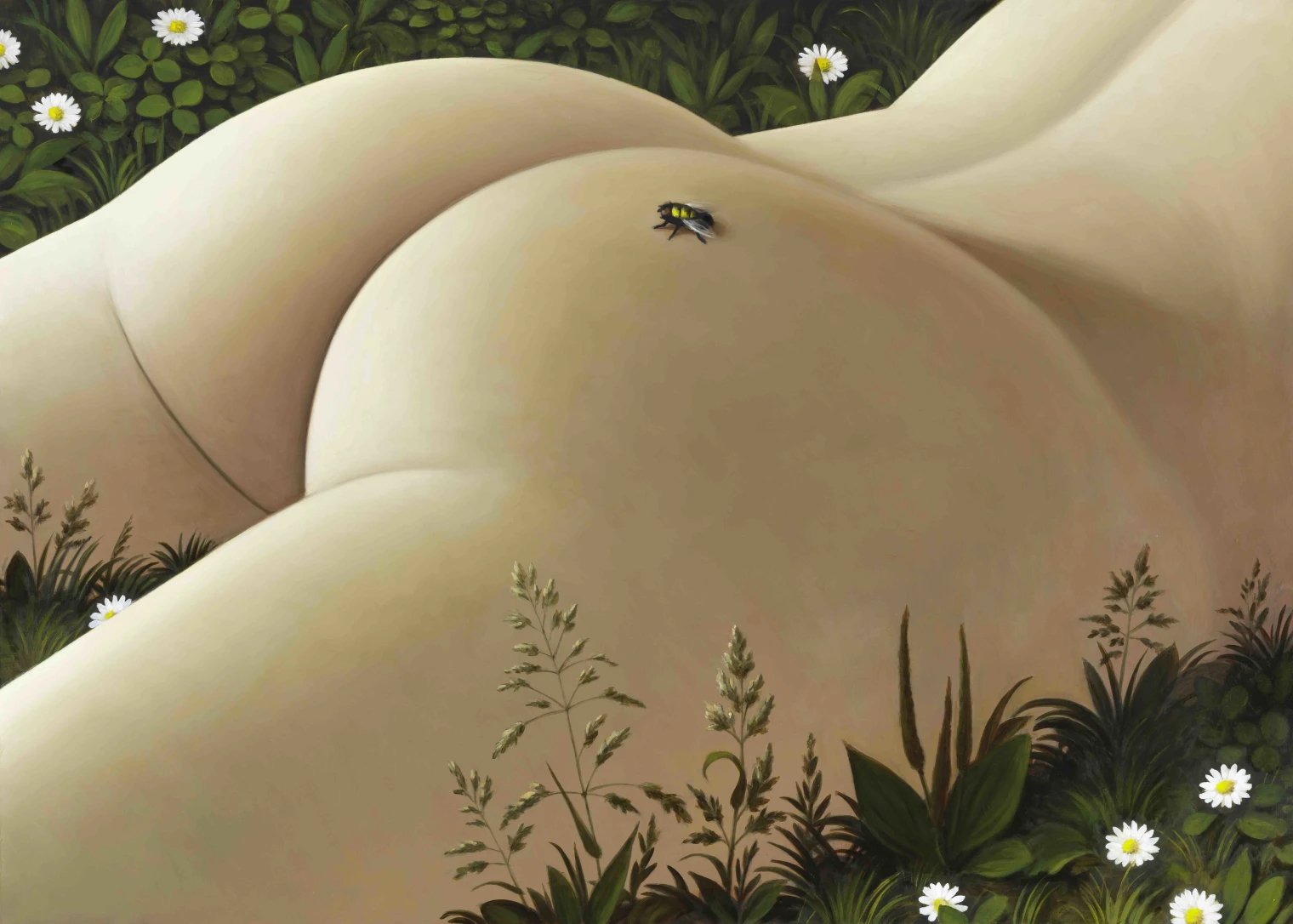
Unit London
Dante’s Inferno
28.September.24 – 03.November.24
Dante’s Inferno is an immersive and multi-sensory group exhibition inspired by Dante Alighieri’s 14th-century epic poem Inferno, the first part of The Divine Comedy.
This exhibition invites viewers to embark on a visceral journey through the nine circles of Hell, reimagined by contemporary artists in paintings, sculptures, and other media. Exploring the contemporary perception of damnation, the human experience of Hell, and the enduring fascination with the afterlife’s darker side, the exhibition brings together diverse artists, each of whom has been tasked with presenting one of the nine layers of Hell as they reinterpret and reinvent these timeless themes.
By revisiting the age-old connection between death, judgement, Hell and Paradise, the exhibition embodies the rich theological and artistic heritage that grapples with the fate of the human soul.
We begin our journey in Limbo, where Erica Mao, Andrea Breiling, and Antony Micallef take us to a space of suspended longing. Limbo, as Dante describes, is neither Heaven nor Hell but a place where souls reside in perpetual waiting. Breiling’s work embodies this existential foyer through swirling masses of colour and undefined form. The abstract, nebulous lines reflect a suspended existence, occupying a space between light and darkness, longing but forever denied transcendence.
The circle of Lust plunges us into the tempestuous domain of uncontrollable desire, through the works of Marcelle Hanselaar and Falk Gernegroß. Hanselaar’s work, an ode to the story of the original sin, reframes Eve as more than just the original sinner. Instead she is portrayed as a figure of autonomy and complexity, confidently reclaiming and embracing her desires.
Further down, we find the depiction of Gluttony through the work of Maggie Ellis, Becky Tucker and Jake Wood-Evans. Ellis’ Housewarming and Wood-Evans’ Bacchanalia scenes present a distorted revelry of excess and merriment, contrasting overindulgence with the filth of the Third Circle, where the damned are assaulted by eternal rain, sleet, and hail. Cerberus, the monstrous three-headed guardian is brought to life by Tucker’s twisted ceramic creatures that watch over these tormented souls, embodying the insatiable hunger and greed that led them to their fate.
In Darcey Fleming’s representation of the Fourth Circle of Greed, the weight of avarice is palpable. Here, those who hoarded their wealth are eternally condemned to clash and roll massive weights. Fleming’s voluminous textile throne embodies the burden of excess and mirrors the endless cycle of overconsumption. Its exaggerated form and abundance of fabric, echo the greed of those condemned to this circle.
In the circle of Anger, the swampy river Styx becomes the battleground for the wrathful and sullen. Kenrick MacFarlane confronts us with the explosive emotions of wrath, expressed in a suffocating rage. In an unsettling portrayal of the chaotic and destructive nature of anger, MacFarlane’s work echoes the eternal struggle to defeat one’s inner demons. Trapped in a violent, relentless cycle, the figures desperately try to escape their own fury.
Becky Tucker’s Crypt provides a chilling exploration of the Sixth Circle of Heresy, where heretics are entombed in flaming crypts. The cold, ceramic exterior of the piece contrasts with the searing flames that are implied to burn within. The intricate patterns that adorn Crypt suggest a smothering entanglement, where the soul is forever trapped within the walls of its own making.
At this pivotal moment in Dante’s journey, we transition from the hopeless depths of Hell to the more hopeful landscape of Purgatory, as envisioned by Rex Southwick. His is an artistic reimagining of Dante’s mountain as a modern-day cliff-side villa. This luxurious structure, teetering on the edge of a cliff, serves as a striking visual metaphor for the souls striving to cleanse themselves of sin while still tethered to the luxuries of their past lives.
After emerging from Purgatory, we return to the final depths of Hell, where the consequences of unrepentant sin grow even more severe. In the Seventh Circle of Violence, Oleksii Shcherbak’s beasts evoke the savagery of the violent souls punished for their brutality. Oleksii’s artworks propel us deeper into this realm, which is divided into three rings, each punishing different forms of violence. Guarded by the Minotaur, the circle is home to centaurs that shoot arrows at those who committed violence against others, while alluring harpies torment those who were violent toward themselves.
Malene Hartmann Rasmussen’s ceramic snakes dominate the Eighth Circle, home to the fraudulent. In this realm, panderers, seducers, and thieves are tormented by serpentine creatures that embody deceit and treachery. The coiled, sinuous forms of the snakes reflect the duplicitous nature of those condemned here, slithering through the darkness.
At the very bottom of Hell, its swirling centre depicted in Yaya Yajie Liang’s Spasm, lies the Ninth Circle of Treachery. Albie Romero’s paintings draw directly from Canto XXXII, which opens with Dante’s declaration of the limitations of his poetic language in describing the haunting scenes he has observed. The inhabitants of this circle are those of the Caina region of Cocytus. They are punished by having their body frozen in Cocytus with only their heads sticking out, as depicted by Romero’s figures. Their stillness contrasts with the violence of the sins committed, capturing the ultimate punishment of those whose treachery cuts to the very heart of human condition.
Info + opening times
Unit London











